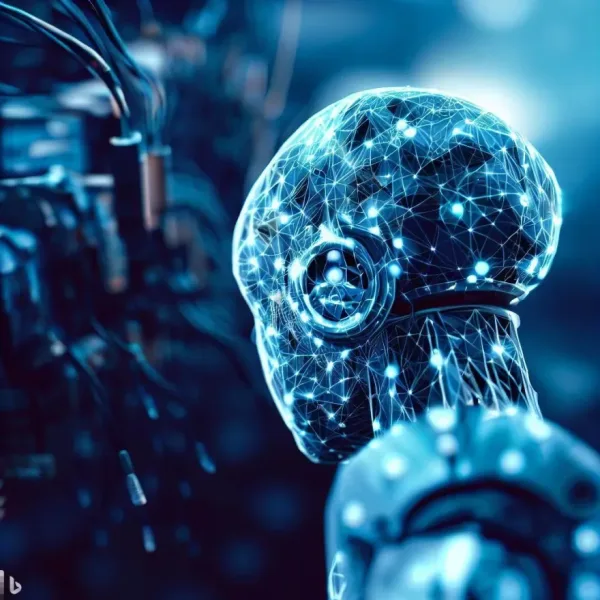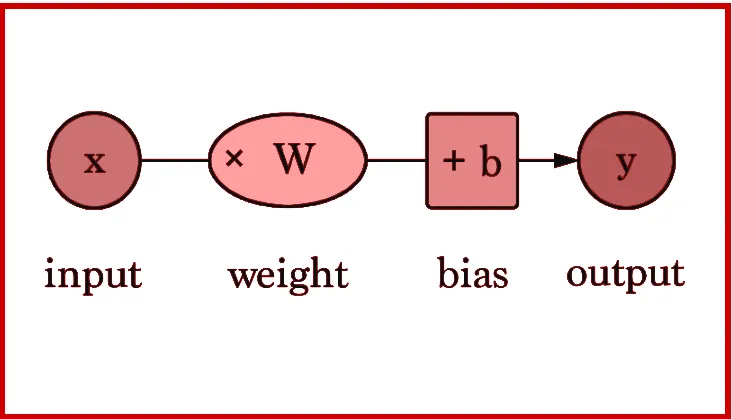If you are a beginner trying to understand what Neural Networks are, how they work, and why they are revolutionizing the field of artificial intelligence, then you’ve come to the right place. We will be decoding the basics of neural networks in layman’s terms so that even non-technical people can get the hype.
“Machine learning is the science of getting computers to act without being explicitly programmed.”
Arthur Samuel
This is precisely what neural networks do: they learn from experience and data and make decisions based on that learning.
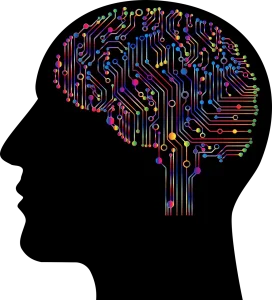
They are trained using large datasets that provide examples of the tasks they are supposed to perform. Further, the network adjusts its internal parameters, called weights, to enhance the accuracy and quality of its predictions.
Neural Networks are modelled after the human brain and consist of layers of interconnected nodes, each performing a specific task. Initially developed to resolve intricate issues, recognize patterns, and identify concealed patterns in unprocessed data, neural networks have evolved to serve a range of diverse applications, from computer vision and speech recognition to self-driving cars and fraud detection.
Now, let’s dive in and understand what neural networks are.
What are Neural Networks?
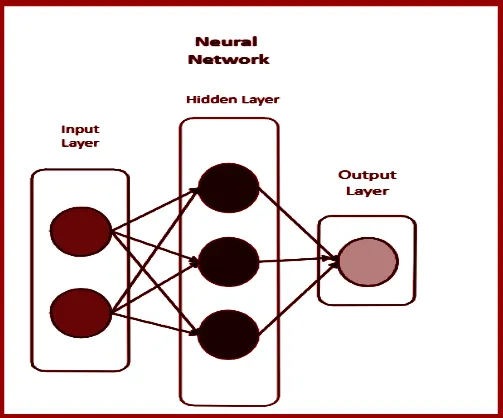
Artificial Neural Networks (ANNs) also known as Simulated Neural Networks (SNNs) are a subset of machine learning (ML). Their core functionality mimics the signal-based communication style of biological neurons. Some of the characteristics of Neural Networks include:
- They consist of layers of interconnected nodes, each performing a specific task.
- They can learn from large datasets and recognize patterns that are too complicated for humans to detect.
- Neural networks can cluster and make sense of big data at high velocity.
- They can be trained to perform various tasks, such as natural language processing (NLP), signal separation, image recognition, speech recognition, and predictive modelling.
- Almost all industries are using neural network technology to enhance their decision-making processes, from marketing, defence, manufacturing, banking, retail and consumer goods, autonomous vehicles, and healthcare to finance.
Some examples of popular neural networks are AlexNet, ResNet, VGGNet, and the trending GPT (Generative Pre-trained Transformer) by OpenAI.
Now that you have a fair understanding of ANNs, let’s closely examine how they work.
How do Neural Networks work?
Neural networks are powered by artificial neurons that are tiny, interconnected nodes or units arranged in a series of connected layers: input, target or hidden layer(s), and output layer. Here’s a quick breakdown of how they work:
- Input layer: the first layer of the network, which receives inputs or information from the outside world and then further classifies or interprets the received data.
- Hidden layers: one or more layers are present between the input and output layers that process the inputs and make predictions accordingly.
- Output layer: the final layer of the network, which produces the output or response based on the inputs and the weights assigned to each node.
Like a biological neuron, nodes get activated only upon receiving external stimuli or input (usually from the CPU) and respond by generating an output.
The connection between individual nodes is known as ‘weights’ and can be positive or negative. These weights act as the connecting passages for the signals to flow from one node to another. If the output of a particular node surpasses the predetermined threshold (or bias) value, it ‘fires’ or becomes active and transmits data to the subsequent layer of the network. This way, the output of one node becomes the input of another. However, if the output falls short of the threshold, the node remains inactive and fails to transmit any data to the next layer.
To sum up, the weight of the input is directly proportional to the impact on the network. And the bias in neural networks is primarily used to offset or fine-tune the result.
Output = Input*Weight + Bias
Furthermore, when the number of hidden layers in a neural network increases, Deep Learning Neural Networks are formed. These networks process information through multiple layers of interconnected nodes, allowing for the extraction of increasingly complex features and patterns.
One of the main advantages of deep learning neural networks is their ability to learn hierarchical representations of data. By breaking down the data into multiple layers, with each layer learning more abstract features than the previous layer, the network can learn to identify increasingly complex patterns. This hierarchical approach to learning allows deep learning neural networks to deliver phenomenal results on many tasks.
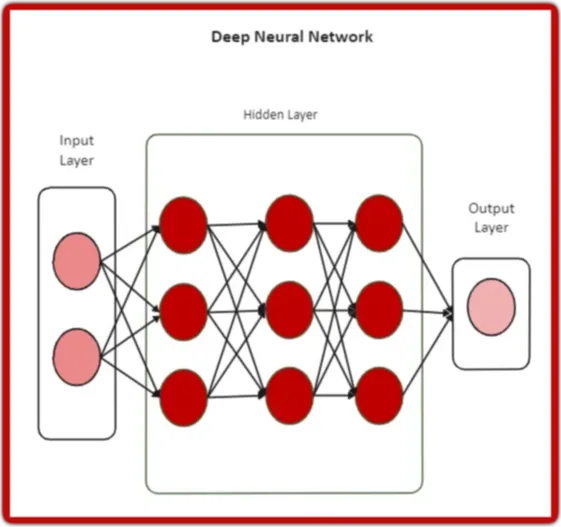
Just like any good product or service, feedback plays a huge role in training or teaching neural networks! By adjusting the weights in response to feedback, neural networks can identify patterns, make accurate predictions, adapt, and evolve over time. Feedback is also crucial during inference or testing to refine the network’s performance even further.
Types of Neural Networks
Top 4 most commonly used neural networks:
| Name | Description | Application Examples | What do they look like? |
|---|---|---|---|
| Feedforward Neural Networks | Also known as multi-layer perceptrons (MLPs), are the easiest to understand. Data flows in a forward linear motion from input->output. | Natural Language Processing (NLP), fraud detection, image recognition, etc. | |
| Recurrent Neural Networks (RNNs) | RNNs maintain or retain a ‘memory’ of past inputs and use it to inform future predictions. Their major strength is their unique feedback loop architecture. | Speech-to-text conversion, stock market predictions, forecasting, etc. | |
|
Convolutional Neural Networks (CNNs)
|
CNNs recognize or identify patterns in images using linear algebra principles.
Think of CNNs as a group of filters that are applied to an image, where each filter detects specific features such as shapes. These filters are then combined to recognize more complex features like objects and faces. |
Computer vision, facial recognition, robotics, etc. | Source |
Bottom Line
Neural networks are powerful tools that can transform industries and solve complex problems. But they also have their fair share of drawbacks and limitations, including the need for large amounts of data and computing power (let’s not get into that today).
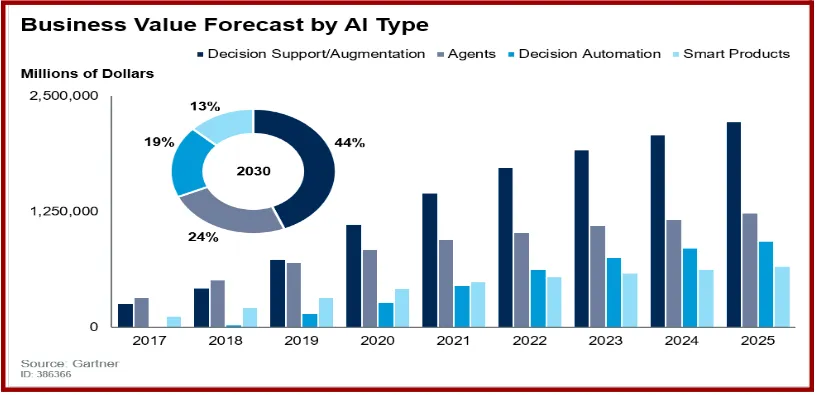
Businesses can leverage neural networks to gain a competitive advantage by using them for analyzing large amounts of data, optimizing their operations, and improving customer experience via Sentiment Analysis. It is estimated that by 2030, the adoption of AI and machine learning technologies by businesses can result in a whopping $15.7 trillion in business value (PwC).
In conclusion, businesses that invest in deep learning services and other machine learning technologies now will be better positioned to succeed in the future!
For more information on how you can leverage deep learning services to stay ahead of the curve, get in touch with our experts today!
